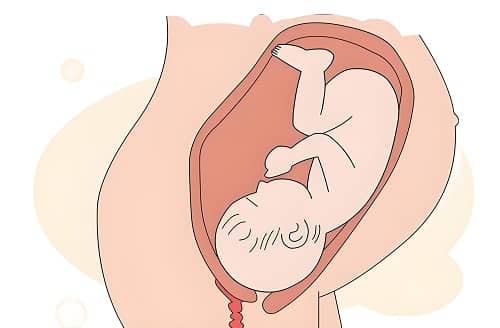Overview of Childbirth Methods
Childbirth is one of the most significant experiences in a woman’s life, marking the arrival of new life. With the advancement of modern medicine, various childbirth methods are available, which can be broadly categorized into natural childbirth, assisted childbirth with medication, and surgical childbirth.

Table of Contents
1. Natural Childbirth
Natural childbirth refers to delivering a baby vaginally without significant medical intervention. Depending on the technique and method, it can be further divided into:
1.1 Traditional Natural Childbirth
This is the most common form of childbirth where the mother relies on her natural strength and birthing skills to deliver the baby without medication or surgical assistance. It is ideal for healthy women without high-risk factors.
1.2 Hypnobirthing
Hypnobirthing involves using hypnosis and relaxation techniques to reduce labor pain and anxiety. By learning self-hypnosis techniques in advance, mothers can remain calm during childbirth, reducing their sensitivity to pain and increasing the likelihood of successful natural delivery.
1.3 Water Birth
Water birth involves giving birth in a pool of warm water. The buoyancy and warmth of the water can help alleviate the pain caused by contractions, providing a more relaxed environment for low-risk pregnancies.
2. Assisted Childbirth with Medication
Assisted childbirth with medication involves using drugs to ease pain or facilitate the labor process. Based on the purpose and mode of action, the following methods are common:
2.1 Epidural (Pain-Free Childbirth)
An epidural is a common technique used to reduce labor pain. Medication is injected into the epidural space around the spinal cord, allowing the mother to stay awake but not feel intense pain during labor. It is suitable for women who prefer to minimize labor pain without affecting the childbirth process.
2.2 Induced Labor
Induced labor involves administering drugs to stimulate uterine contractions, helping to initiate or speed up labor. This method is typically used when labor needs to be expedited, such as when the pregnancy extends past the due date. While effective in controlling labor timing, the contractions can sometimes be more intense.
3. Surgical Childbirth
Surgical childbirth involves the use of surgery to assist the delivery process. This is usually necessary when natural birth poses risks or in the event of emergencies.
3.1 Planned Cesarean Section
A planned cesarean section is a scheduled surgical procedure where the doctor makes incisions in the mother’s abdomen and uterus to deliver the baby. It is often recommended in cases of abnormal fetal positioning, multiple pregnancies, or certain maternal health issues.
3.2 Emergency Cesarean Section
An emergency cesarean section is performed when complications arise during labor, such as fetal distress or failure to progress. The surgery is done urgently to ensure the safety of both mother and baby.
Conclusion
Each childbirth method has its own benefits and risks. Expecting mothers should consider their health status, medical advice, and personal preferences when choosing a delivery method. Regardless of the choice, ensuring the health and safety of both the mother and baby is always the top priority.